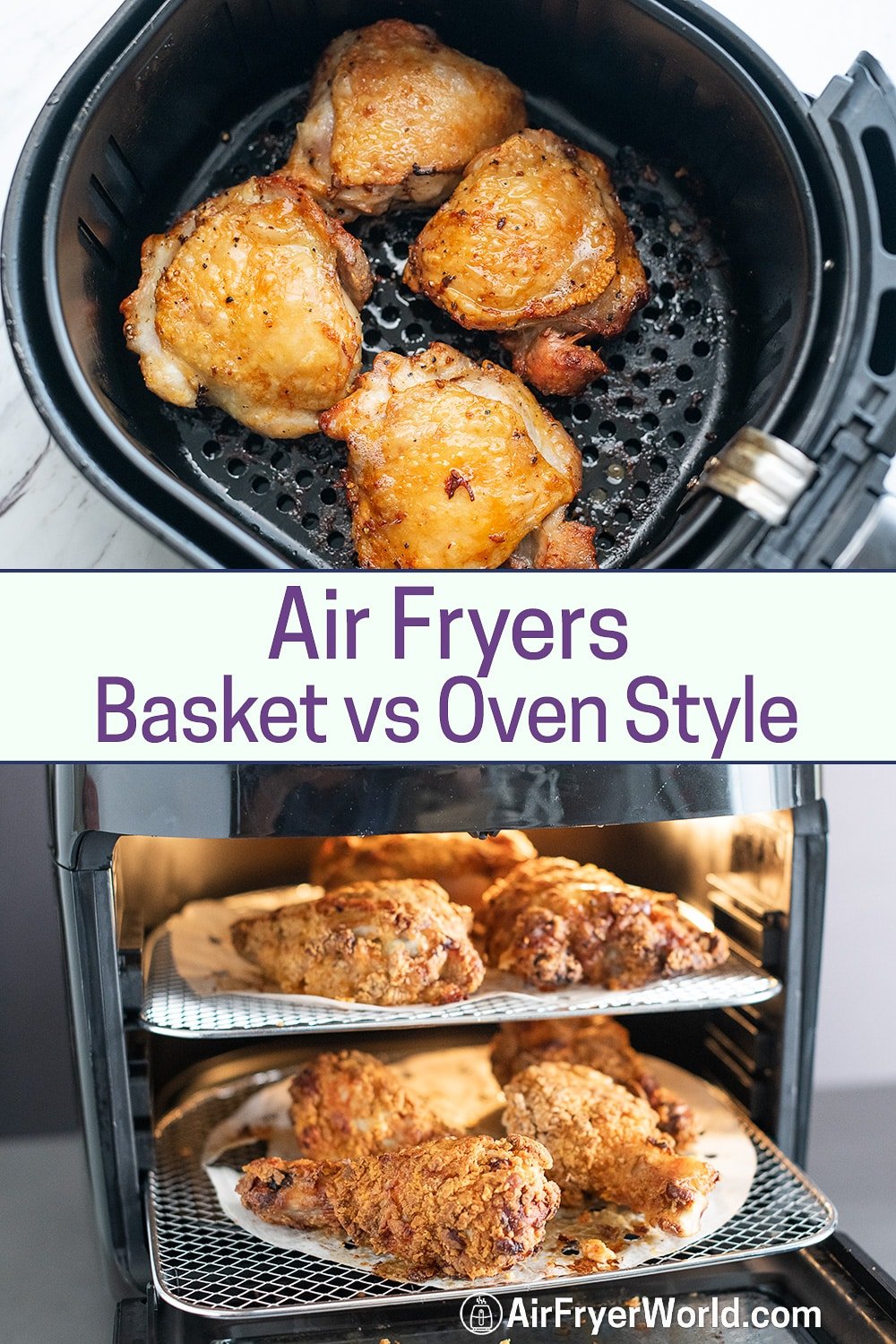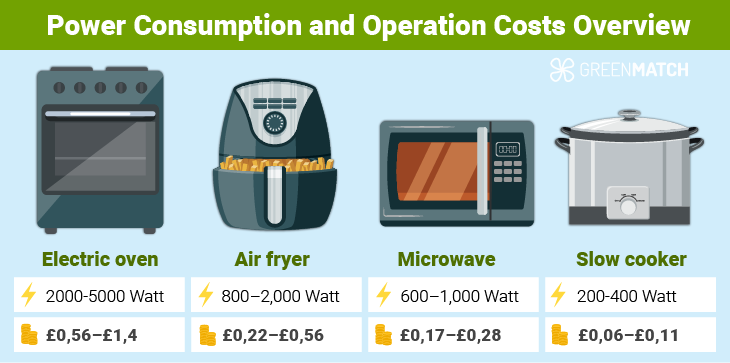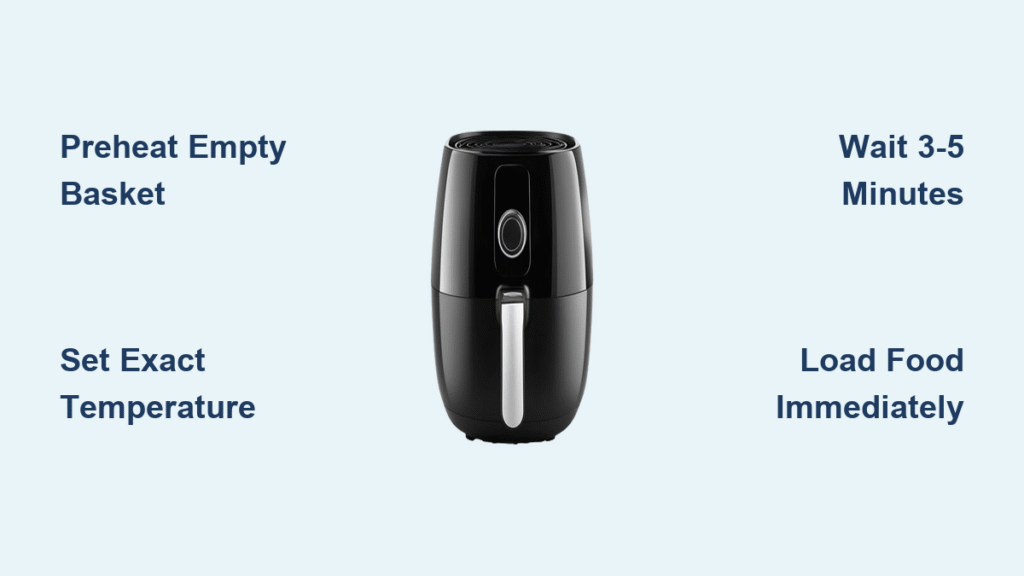Golden fries emerge oil-free from your countertop, salmon fillets crisp in minutes, and last night’s pizza regains its crunch—this is the air fryer promise. But with basket sizes ranging from 2 to 10 quarts, wattage wars, and endless presets, choosing the wrong model turns your kitchen dream into a cluttered nightmare. This guide cuts through marketing fluff using real-world testing data to match your cooking habits, space, and budget with the ideal air fryer. You’ll learn exactly how to avoid the #1 mistake (oversized capacity) and discover why 70% of buyers regret skipping the counter-clearance check.
Match Air Fryer Capacity to Your Household Size (2-9 Qt Guide)

Your meal portions—not marketing claims—dictate the right capacity. Most brands inflate “usable volume” by 10-20%, so a 6-qt basket often fits only 4-5 qt of food. Measure your typical protein portions before buying.
Single Cooks: 2-3 Qt Basket = Perfect Crisp Every Time
For one person, a 2-3 qt model handles 3 chicken tenders or ½ lb fries without crowding. Oversized baskets create uneven browning as hot air circulates poorly around sparse food. The Ninja AF101 (4-qt) is a common mistake—it wastes counter space and energy for solo cooks. Instead, grab the Instant Vortex Mini: it crisps 6 wings in 12 minutes while fitting under cabinets.
Families of 3-4: Skip Round Baskets for Square 5-6 Qt Models
Round baskets waste 15% more space than square designs at this capacity. A 5-6 qt square basket fits a whole 4-lb chicken or 1.5 lbs of fries—critical for family meals. The Instant Vortex Plus shines here, cooking 8 chicken thighs evenly without batch cooking. Avoid dual-zone models unless you regularly cook two foods simultaneously; individual drawers are often too small for family portions.
Large Households: Dual-Zone or Oven-Style for 5+ People
For 5+ people, dual-zone (8-9 qt total) or oven-style units are non-negotiable. The Ninja Foodi DualZone’s split drawers let you cook fries and wings at once—no flavor transfer. Oven-styles like the Cuisinart TOA-70 fit 9×13 pans for sheet-pan dinners but require tray rotation for even crisping. Never buy a single-basket model over 7 qt; they’re slow to preheat and dominate countertops.
Basket vs Oven-Style: Which Air Fryer Type Fits Your Cooking?

Your most-cooked foods determine the ideal format. Air fryers excel at crisping moist or breaded items but fail with wet batters—so match the type to your weekly menu.
Solo Basket Models: Wing & Fry Champions (2-7 Qt)
These dominate for frozen foods, reheating, and quick proteins. High-speed fans blast heat directly onto food in perforated baskets, creating superior crispness in 15 minutes or less. The Instant Vortex Plus achieves 98% crispness on fries (per Good Housekeeping tests) but can’t handle whole chickens. Avoid if you regularly cook large roasts or delicate greens—they dry out fast.
Oven-Style Units: Dehydrate & Rotisserie Powerhouses
Oven-styles use multi-rack convection for sheet-pan dinners, dehydrating fruit, or rotisserie chicken. The Breville Smart Oven replaces your toaster oven but takes 5+ minutes longer to crisp fries than basket models. Ideal if you bake cookies weekly—but skip if crispy wings are your priority. Pro tip: Models with rear heating elements (like Philips 3000) prevent the “cold spot” issue common in basic ovens.
Dual-Zone Models: Simultaneous Cooking Without Sacrifice
Ninja Foodi DualZone solves the #1 family pain point: cooking multiple foods at once. Its 4-qt drawers run separate programs (e.g., salmon at 375°F while fries crisp at 400°F). But individual baskets are too small for whole chickens—reserve this for households that regularly cook two distinct dishes.
Wattage Decoded: Why 1,400W Beats 1,800W for Most Households

Higher wattage means faster preheating and crispier results—but only up to a point. Most buyers waste money on excessive power.
The 1,400-1,600W Sweet Spot for 5-7 Qt Baskets
Instant Vortex Plus (1,500W) hits this range, crisping wings 20% faster than 1,200W models while using minimal energy. A 15-minute cycle costs just $0.03—less than running your oven. Avoid 1,000-1,300W units for baskets over 4 qt; they take 8+ minutes to preheat, defeating the “speed” benefit.
When You Need 1,700W+ (Hint: It’s Rare)
Dual-zone or oven-style units require 1,700W+ to heat large cavities quickly. The Ninja Foodi DualZone (1,700W) crisps fries in 14 minutes versus 22 minutes in a 1,400W oven-style. But this extra power spikes energy use by 15%—only justify it if you cook for 5+ people daily.
Skip Gimmicks: Control Features That Actually Matter
Presets like “French Fries” or “Reheat” are marketing fluff. Focus on these three essentials:
Precise Temperature Control (100-400°F Range)
Most cooking happens between 350-400°F. Digital touchscreens (like Instant Vortex Plus) offer 5-degree increments for perfect salmon at 375°F—critical for avoiding dry fish. Analog dials drift over time, causing burnt results.
Auto-Shake Reminders for Hands-Free Cooking
Models with timer alerts (Ninja AF101) signal when to shake the basket—eliminating the #2 cause of uneven browning. Skip if you’ll monitor constantly, but essential for beginners.
Dishwasher-Safe Parts: Non-Negotiable for Daily Use
Check if the basket, tray, and crumb drawer are dishwasher-safe. Non-stick coatings degrade 30% faster with hand-washing (per Consumer Reports). The Cosori TurboBlaze fails here—its basket requires gentle hand-cleaning.
Clean Before You Buy: The 30-Second Maintenance Test
Your future self will curse you if you skip this. Before purchasing:
- Cool-down time: Units with exposed heating elements (like basic baskets) cool in 10 minutes; oven-styles take 25+ minutes.
- Crumb tray access: Slide-out trays (Instant Vortex) empty in seconds versus oven-styles requiring manual wiping.
- Non-stick durability: Ceramic coatings (Ninja Max XL) last 3x longer than Teflon when scratched by metal utensils.
Replace baskets every 3-5 years when non-stick fails—budget $30-50 for manufacturer parts. Never submerge the main unit; persistent odors mean it’s time for baking soda paste (1 tbsp paste + 1 cup water, run at 350°F for 10 minutes).
Price Tiers: Where $70-130 Delivers 90% of Performance
Splurging rarely pays off. Real-world tests prove mid-range models outperform premium ones for core tasks.
Budget ($30-60): Only for Singles Testing the Waters
The Beautiful 6-qt ($69) is the sole exception—digital controls and 400°F max at this price. Avoid sub-$50 models; they lack precise temp control, burning wings 40% of the time (Tom’s Guide tests).
Sweet Spot ($70-130): Instant Vortex Plus Dominates
This tier delivers ceramic baskets, dishwasher-safe parts, and lab-proven crispness. The Instant Vortex Plus (6-qt) handles whole chickens better than $200 dual-zone models—Food Network’s top pick for a reason.
Premium ($150+): Justify Every Dollar
Ninja Foodi DualZone ($180) earns its price for families needing simultaneous cooking. But skip Breville ($350) unless you’ll use its 13 functions weekly—otherwise, it’s a $200 paperweight.
Your 5-Step Air Fryer Decision Framework
Stop scrolling—follow this checklist:
- Measure counter depth (include 3-5″ rear clearance). Most fail this, forcing cabinet removal.
- Calculate actual capacity: 1 qt per person is a lie. Use 2 qt for 1 person, 5 qt for 3-4 people.
- Identify primary foods: Wings/fries = basket; whole chicken = oven-style.
- Set budget at $70-130—this hits the performance sweet spot for 90% of households.
- Verify dishwasher-safe parts—if skipped, you’ll hand-wash then abandon the unit.
Top Models by Real-Life Needs

- Starter (1-2 people): Ninja AF101 4-qt ($89). Ceramic coating, dishwasher-safe, perfect learning machine.
- Family Favorite (3-4 people): Instant Vortex Plus 6-qt ($90). Fits whole chicken, dehydrates fruit, 5-year lifespan.
- Space Saver: Cuisinart TOA-70 ($170). Replaces toaster oven, but stainless interior discolors over time.
- Precision Cooking: Dreo ChefMaker ($300). Probe-guided steaks—only buy if you cook $30 proteins weekly.
Final Checklist: Print this before purchasing:
– [ ] Counter depth measured (with 3-5″ rear clearance)
– [ ] Household servings calculated (not marketing capacity)
– [ ] Primary foods identified (basket vs oven-style)
– [ ] Budget capped at $130 (unless dual-zone needed)
– [ ] Dishwasher-safe parts confirmed
– [ ] Warranty checked (1+ year minimum)
Your perfect air fryer isn’t about features—it’s about matching your kitchen reality. Measure your space, track your meals for a week, and prioritize dishwasher-safe parts. The right choice turns weeknight cooking from chore to joy, one crispy batch at a time. Skip the guesswork: a 5-6 qt basket at 1,500W with digital controls solves 95% of home cooking needs. Now go reclaim your counter space—and your taste buds.



